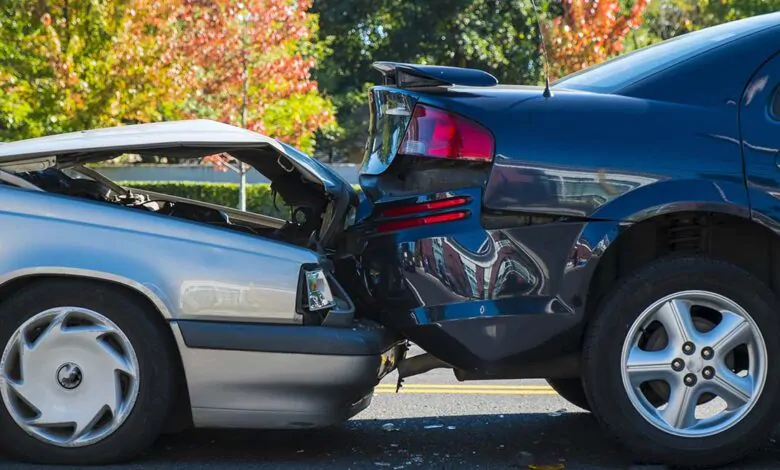Uninsured/Underinsured Motorist Coverage and Legal Options for Recovering Damages

Car accidents in Texas can have life-altering consequences. You might face unexpected costs and challenges, especially if the other driver lacks enough insurance. Covering these gaps, uninsured and underinsured motorist coverage offers a safety net. This coverage ensures you receive financial help if another driver is at fault and can’t pay for the damage. Without it, you may struggle to cover medical bills, vehicle repairs, and lost wages. Knowing your legal options is crucial. You have rights to pursue compensation, even when insurance doesn’t cover everything. Consulting with a legal expert ensures you understand your options and how to move forward. It’s essential to have a plan and know the steps to take after an accident. This knowledge empowers you to protect yourself and your family. Don’t let a lack of information leave you vulnerable. Equip yourself with the tools and understanding needed to navigate these situations confidently.
Understanding Uninsured and Underinsured Motorist Coverage
Uninsured motorist coverage protects you when an at-fault driver has no insurance. In contrast, underinsured motorist coverage comes into play when the at-fault party’s insurance is insufficient to cover your expenses. These coverages can take care of medical expenses, property damage, and lost income. Knowing how these protections work helps you make informed decisions about your insurance choices.
The Importance of Having Adequate Coverage
In a state like Texas, where driving is a major part of life, ensuring you have the right insurance coverage is essential. According to the Texas Department of Insurance, many drivers lack adequate coverage. This gap can leave responsible drivers facing significant financial hardship. Having uninsured and underinsured motorist coverage helps bridge this gap, offering peace of mind and financial security in challenging times.
Types of Damages Covered
Understanding what uninsured and underinsured motorist coverage includes can prevent unwanted surprises. Here are the main types of damages these coverages address:
- Medical expenses
- Repair or replacement of vehicle
- Lost wages due to inability to work
- Pain and suffering
Steps to Take After an Accident
Knowing what to do immediately following an accident is crucial. Here’s a simple guide:
- Ensure everyone’s safety. Call 911 for any medical emergencies.
- Exchange contact and insurance details with the other driver.
- Document the scene with photos and gather witness information.
- Contact your insurance company to report the incident.
- Consult a legal expert to explore your options for compensation.
Comparing Insurance Options
Choosing the right insurance policy involves comparing your options. Consider the following factors:
| Coverage Type | Benefits | Considerations |
| Uninsured Motorist | Protects against drivers without insurance | May increase premiums |
| Underinsured Motorist | Covers excess costs from underinsured drivers | Check policy limits carefully |
| Comprehensive Coverage | Covers non-collision related damages | Higher cost than basic coverage |
Legal Routes for Recovering Damages
If you’re involved in an accident with an uninsured or underinsured driver, knowing your legal rights is key. You may need to file a claim against your own insurance policy or pursue legal action against the driver. It’s important to act quickly, as Texas has a statute of limitations for filing lawsuits related to car accidents. Seeking advice from a legal professional ensures you follow the correct procedures.
Conclusion
Car accidents can be overwhelming, but understanding your insurance options and legal rights provides a layer of protection. Investing in uninsured and underinsured motorist coverage can save you from unexpected financial burdens. In case of an accident, acting quickly and consulting with experts ensures you can recover damages efficiently and effectively. Stay informed and prepared, so you can navigate any situation with confidence and peace of mind.




